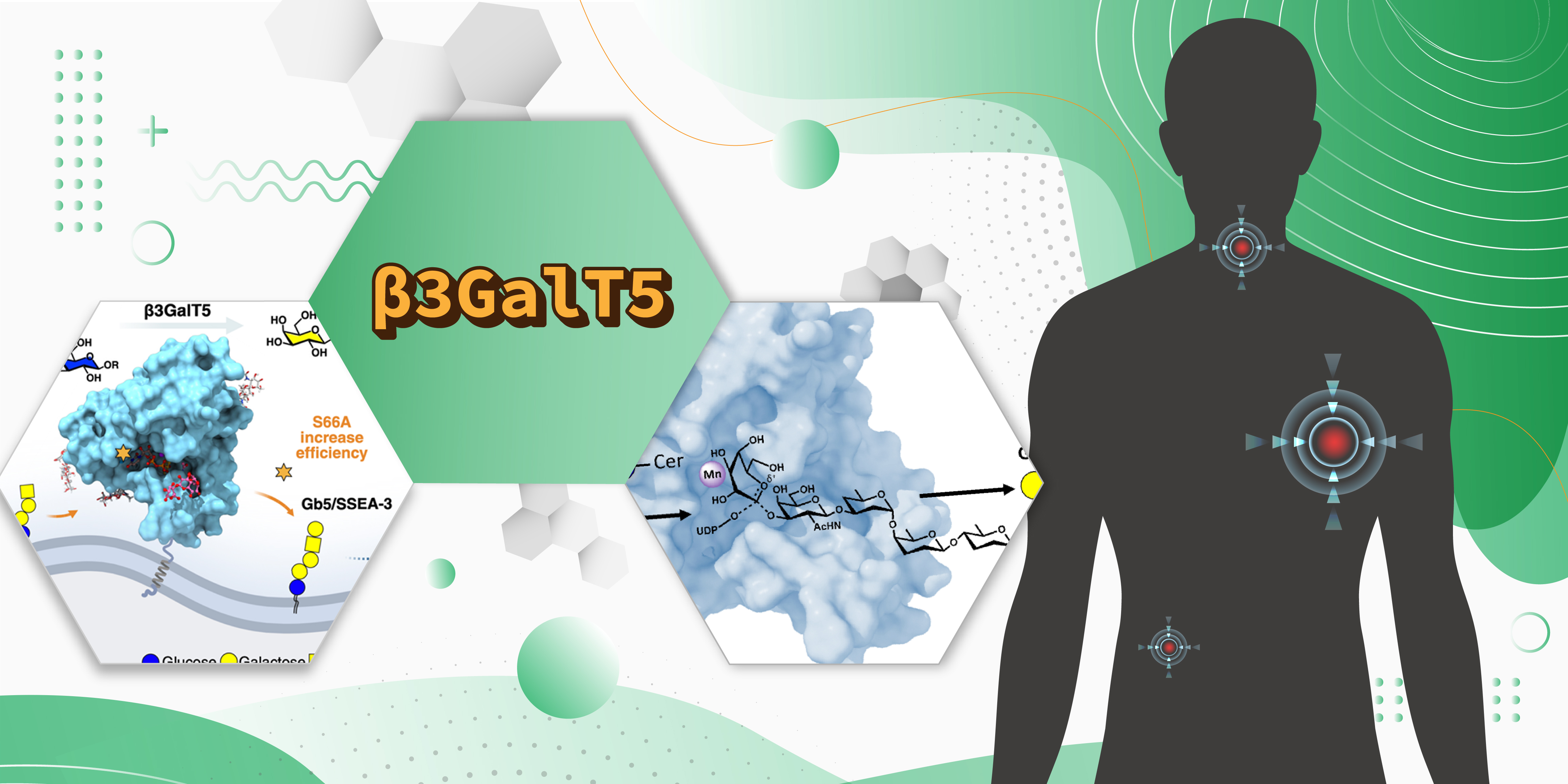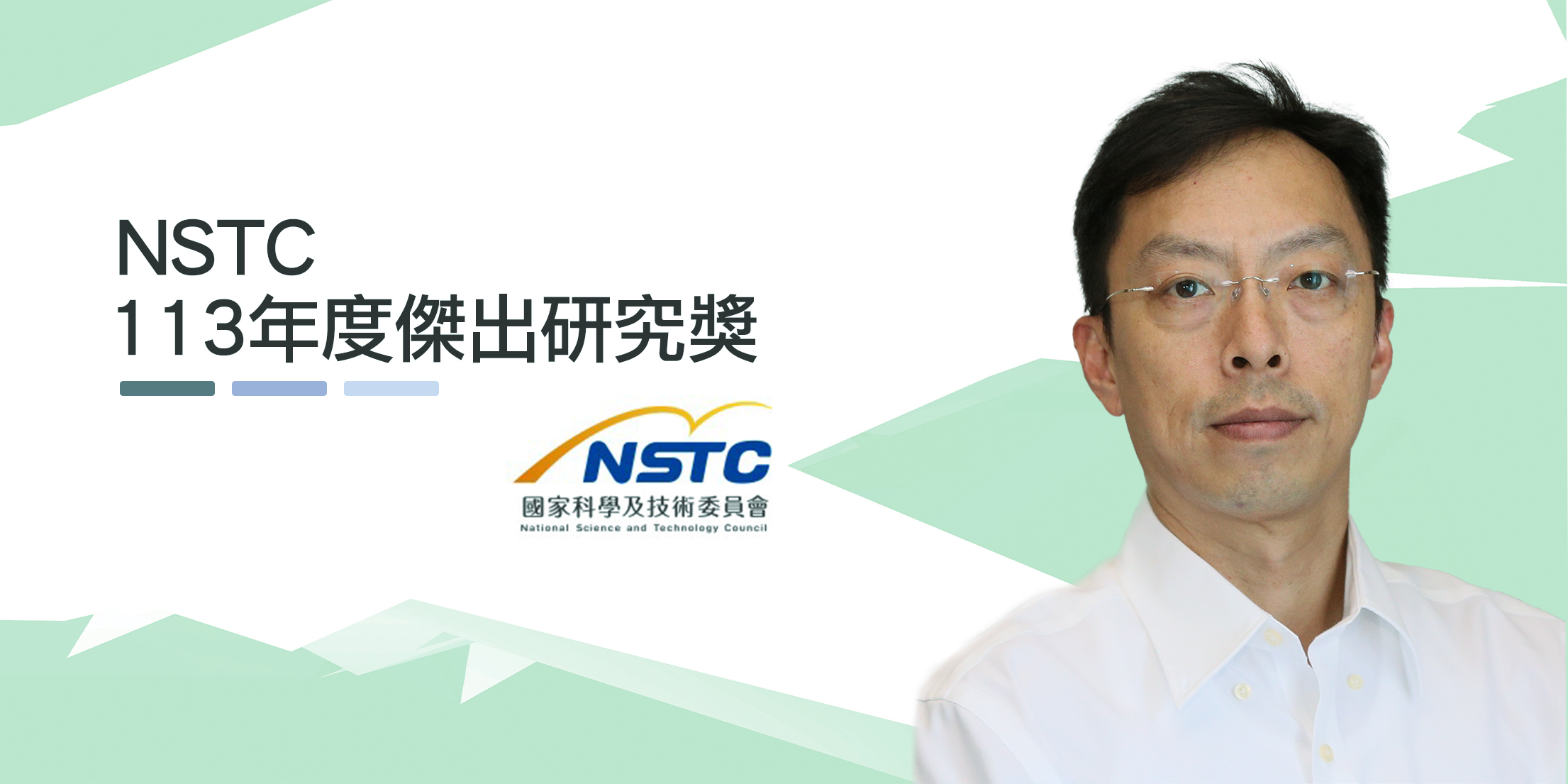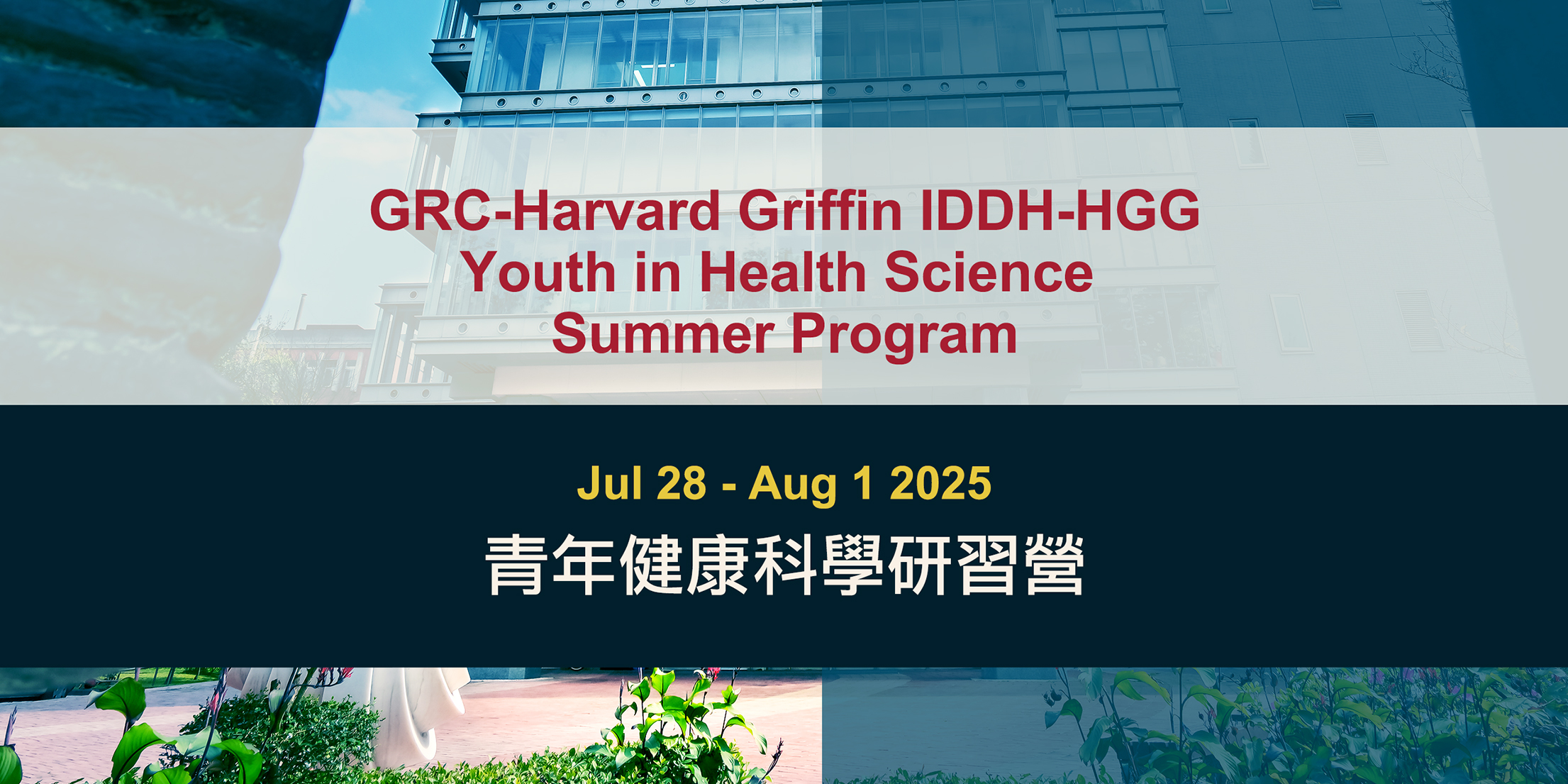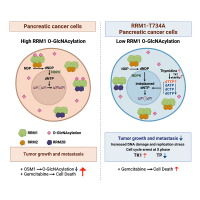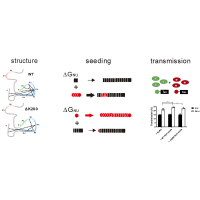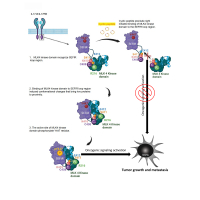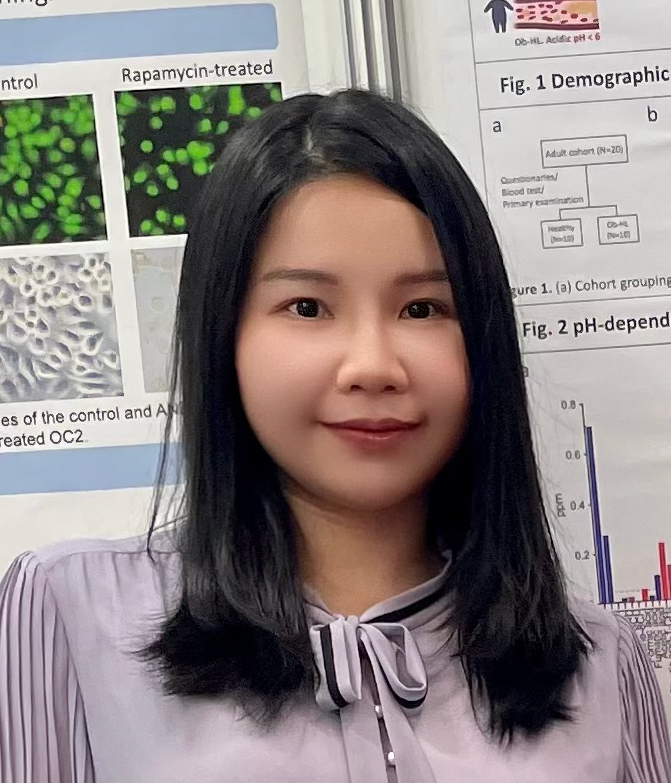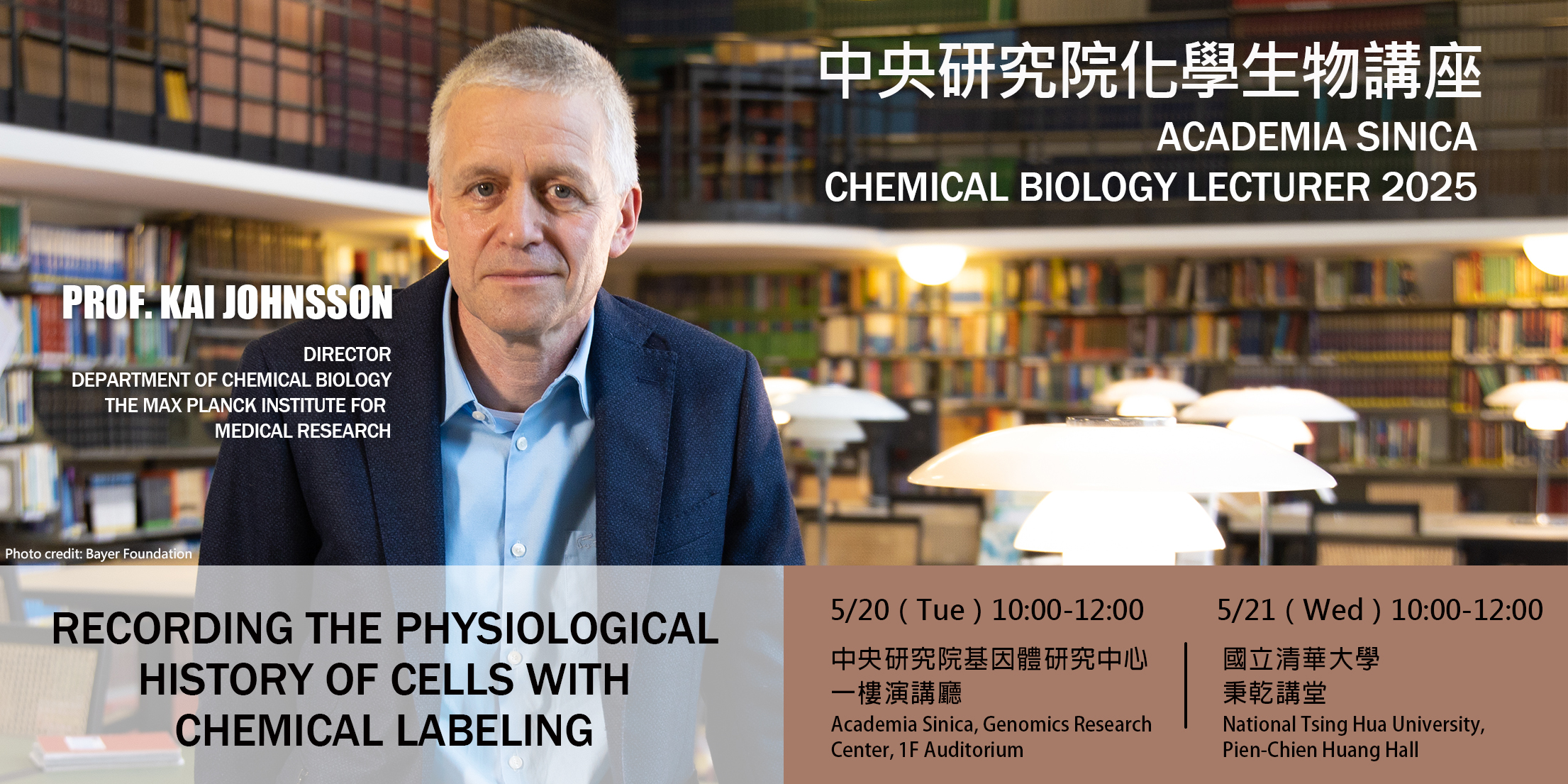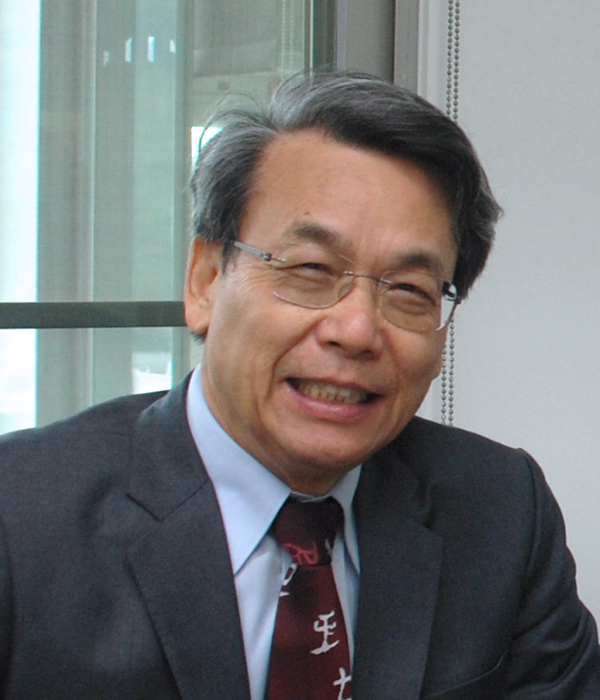 客座講座
客座講座
02-27871276
EDUCATION AND POSITIONS HELD:
- B.S., Biology, National Taiwan Normal University, 1968-1972
- MS, Biochemistry, National Taiwan University, 1975-1977
- Ph.D., Molecular Biology, University of California at Berkeley, 1978-1981
- Postdoctoral, Molecular Biology, University of California at Berkeley, 1981-1982
- Research Scientist, Cetus Corporation at Berkeley, California, 1982-1983
- Visiting Scientist, Lawrence Berkeley Laboratory, Berkeley, 1983-1984
- Assistant Professor, Assoc. Professor, 1984-1990, Professor, 1990-1991, University of California at San Diego
- Professor/Chairman, Department of Molecular Medicine, Institute of Biotechnology, University of Texas Health Science Center at San Antonio, 1991-2003
- Member, NIH Cell Biology & Physiology Study Section II, 1992-1996
- Member, NCI Cancer Center Study Group IRG A, 1998-2002
- Donald Bren Professor, 2003-2013, Chairman, 2005-2008, Department of Biological Chemistry, University of CA at Irvine
- Distinguished Professor, Genomics Research Center, Academia Sinica, 2012-2020
- President, China Medical University, 2014-2019
HONORS:
- A.P. McDermott Distinguished University Professor, UTHSC-SA, 1991
- NIH Director Lectureship, 1991
- Outstanding Scientific Achievement, SCBA, 1992
- Alcon Research Award, 1994
- Member, Sinica Academia, ROC, 1994
- F.E. Shideman-Sterling Award, Univ. of Minnesota, 1999
- Presidential Award, SCBA, 2001
- Outstanding Alumni Award, National Taiwan Normal University, 2002
- First Class Medal, Dept. of Health, Taiwan, 2002
- Inducted Member, Texas Hall of Fame for Science, Mathematics and Technology, 2003
- Donald Bren Chair Professorship, Univ. California , Irvine, 2003
RESEARCH INTERESTS:
This lab co-discovered the first human tumor suppressor gene, Retinoblastoma gene (RB), in late 1980 that plays essential roles in maintaining genomic stability and preventing tumor formation. Re-introduction of the wild-type Rb or p53 mediated by viral vectors suppresses tumor formation in animal studies. In addition, we have elucidated RB interaction networks, which modulate RB suppressing activity. One of the RB-interacting proteins, Hec1, is overly expressed in most cancer cells and plays essential roles in chromosome segregation by interacting with several proteins that modulate the G2/M phase. Inactivation of Hec1 led to cell death due to abnormal chromosomal segregation. Importantly, Hec1 is phosphorylated by a mitotic kinase, Nek2, which is essential for Hec1 function in chromosome segregation. We have identified small molecules that disrupt the interaction between Nek2 and Hec1, and may offer a novel agent to treat cancer.
In addition, we worked on two human breast cancer susceptibility genes, BRCA1 & BRCA2 and have established their dual participation in transcription regulation and DNA damage repair. BRCA1 has been shown to associate directly with the RAD50/MRE11/NBS1 complex, which functions in both non-homologous end-joining and homologous recombination repair of DNA double-strand breaks. The BRCA2 via its BRC repeats binds to RAD51, which catalyzes homologous DNA pairing and DNA strand exchange in an in vitro recombination reaction. Expression of a wild-type BRC repeat disrupted this interaction and rendered cells hypersensitive to gamma-irradiation and failed to activate the G2/M checkpoint. Small molecules that disrupt the interaction between BRC repeat and Rad51 have been isolated. These small compounds offer a potential to develop new combinatorial treatment with chemotherapy or radiation therapy.
SELECTED PUBLICATIONS
- Wu HH, Tsai LH, Huang CK, Hsu PH, Chen MY, Chen YI, Hu CM, Shen CN, Lee CC, Chang MC, Chang YT, Tien YW, Jeng YM, Lee EYP, Lee WH, 2021, “Characterization of initial key steps of IL-17 receptor B oncogenic signaling for targeted therapy of pancreatic cancer.”, Science translational medicine, 13(583), eabc2823. (SCIE)
- Hsu JL, Chou JW, Chen TF, Hsu JT, Su FY, Lan JL, Wu PC, Hu CM, Lee EY, Lee WH, 2019, “Glutathione peroxidase 8 negatively regulates caspase-4/11 to protect against colitis.”, EMBO Molecular Medicine, 12(1), e9386. (SCIE)
- Hu CM, Tien SC, Hsieh PK, Jeng YM, Chang MC, Chang YT, Chen YJ, Chen YJ, Lee EYP, Lee WH, 2019, “High Glucose Triggers Nucleotide Imbalance through O-GlcNAcylation of Key Enzymes and Induces KRAS Mutation in Pancreatic Cells.”, Cell metabolism, 29(6), 1334-1349.e10. (SCIE)
- Peng HY, Chang MC, Hu CM, Yang HI, Lee WH, Chang YT, 2019, “Thrombospondin-2 is a Highly Specific Diagnostic Marker and is Associated with Prognosis in Pancreatic Cancer.”, Annals of surgical oncology, 26(3), 807-814. (SCIE)
- Chen YL, Hu CM, Hsu JT, Chang CC, Huang TY, Chiang PH, Chen WY, Chang YT, Chang MC, Tien YW, Lee EY, Jeng YM, Lee WH, 2018, “Cellular 5-hydroxylmethylcytosine content determines tumorigenic potential and prognosis of pancreatic ductal adenocarcinoma.”, American journal of cancer research, 8(12), 2548-2563. (SCIE)
- Huang SC, Wei PC, Hwang-Verslues WW, Kuo WH, Jeng YM, Hu CM, Shew JY, Huang CS, Chang KJ, Lee EY, Lee WH, 2017, “TGF-beta1 secreted by Tregs in lymph nodes promotes breast cancer malignancy via up-regulation of IL-17RB.”, EMBO molecular medicine, 9(12), 1660-1680. (SCIE)
- Huang CK, Chang PH, Kuo WH, Chen CL, Jeng YM, Chang KJ, Shew JY, Hu CM, Lee WH, 2017, “Adipocytes promote malignant growth of breast tumours with monocarboxylate transporter 2 expression via beta-hydroxybutyrate.”, Nature communications, 8, 14706. (SCIE)
- Tien YW, Kuo HC, Ho BI, Chang MC, Chang YT, Cheng MF, Chen HL, Liang TY, Wang CF, Huang CY, Shew JY, Chang YC, Lee EY, Lee WH, 2016, “A High Circulating Tumor Cell Count in Portal Vein Predicts Liver Metastasis From Periampullary or Pancreatic Cancer: A High Portal Venous CTC Count Predicts Liver Metastases.”, Medicine, 95(16), e3407. (SCIE)
- Chang MC, Chang YT, Chen JY, Jeng YM, Yang CY, Tien YW, Yang SH, Chen HL, Liang TY, Wang CF, Lee EY, Chang YC, Lee WH, 2016, “Clinical Significance of Circulating Tumor Microemboli as a Prognostic Marker in Patients with Pancreatic Ductal Adenocarcinoma.”, Clinical chemistry, 62(3), 505-513. (SCIE)
- Kao SH, Wu KJ, Lee WH, 2016, “Hypoxia, Epithelial-Mesenchymal Transition, and TET-Mediated Epigenetic Changes.”, Journal of clinical medicine, 5(2), 24. (SCIE)
- Chen YI, Wei PC, Hsu JL, Su FY, Lee WH, 2016, “NPGPx (GPx7): a novel oxidative stress sensor/transmitter with multiple roles in redox homeostasis.”, American journal of translational research, 8(4), 1626-1640. (SCIE)
- Hu CM, Zhu J, Guo XE, Chen W, Qiu XL, Ngo B, Chien R, Wang YV, Tsai CY, Wu G, Kim Y, Lopez R, Chamberlin AR, Lee EY, Lee WH, 2015, “Novel small molecules disrupting Hec1/Nek2 interaction ablate tumor progression by triggering Nek2 degradation through a death-trap mechanism.”, Oncogene, 34(10), 1220-1230. (SCIE)
- Chen PJ, Weng JY, Hsu PH, Shew JY, Huang YS, Lee WH, 2015, “NPGPx modulates CPEB2-controlled HIF-1alpha RNA translation in response to oxidative stress.”, Nucleic acids research, 43(19), 9393-9404. (SCIE)
- Wu HH, Hwang-Verslues WW, Lee WH, Huang CK, Wei PC, Chen CL, Shew JY, Lee EY, Jeng YM, Tien YW, Ma C, Lee WH, 2015, “Targeting IL-17B-IL-17RB signaling with an anti-IL-17RB antibody blocks pancreatic cancer metastasis by silencing multiple chemokines.”, Journal of experimental medicine, 212(3), 333-349. (SCIE)
- Lee WH, Wu HH, Huang CK, 2015, “Targeting interleukin-17 receptors.”, Oncotarget, 6(21), 18244-18245.
- Ngo B, Hu CM, Guo XE, Ngo B, Wei R, Zhu J, Lee WH, 2013, “Complementary Interhelical Interactions between Three Buried Glu-Lys Pairs within Three Heptad Repeats Are Essential for Hec1-Nuf2 Heterodimerization and Mitotic Progression.”, The Journal of biological chemistry, 288(48), 34403-34413. (SCIE)
- He S, Ni D, Ma B, Lee JH, Zhang T, Ghozalli I, Pirooz SD, Zhao Z, Bharatham N, Li B, Oh S, Lee WH, Takahashi Y, Wang HG, Minassian A, Feng P, Deretic V, Pepperkok R, Tagaya M, Yoon HS, Liang C, 2013, “PtdIns(3)P-bound UVRAG coordinates Golgi-ER retrograde and Atg9 transport by differential interactions with the ER tether and the beclin 1 complex.”, Nature cell biology, 15(10), 1206-1219. (SCIE)
- Yi-Cheng Chang, Yu-Hsiang Yu, Jin-Yuh Shew ,Wei-Jei Lee, Juey-Jen Hwang, Yen-Hui Chen, Yet-Ran Chen, Pei-Chi Wei, Lee-Ming Chuang, Wen-Hwa Lee*., 2013, “Deficiency of NPGPx, an oxidative stress sensor, leads to obesity in mice and human.”, EMBO Molecular Medicine, 5(8), 1165-1179. (SCIE)
- Lin LF, Li CF, Wang WJ, Yang WM, Wang DD, Chang WC, Lee WH, Wang JM. , 2013, “Loss of ZBRK1 Contributes to the Increase of KAP1 and Promotes KAP1-Mediated Metastasis and Invasion in Cervical Cancer ”, PLoS One, 8(8), e73033. (SCIE)
- Wendy W. Hwang-Verslues, Po-Hao Chang, Yung-Ming Jeng, Wen-Hung Kuo, Pei-Hsun Chiang, Yi-Cheng Chang, Tsung-Han Hsieh, Fang-Yi Su, Liu-Chen Lin, Serena Abbondante, Cheng-Yuan Yang, Huan-Ming Hsu, Jyh-Cherng Yu, King-Jen Chang, Jin-Yuh Shew, Eva Y.-H. P. Lee, Wen-Hwa Lee*., 2013, “Loss of corepressor PER2 under hypoxia upregulates OCT1-mediated EMT gene expression and enhances tumor malignancy.”, PROCEEDINGS OF THE NATIONAL ACADEMY OF SCIENCES OF THE UNITED STATES OF AMERICA, 110(30), 12331-12336. (SCIE)
- Zhu J, Zhou L, Wu G, Konig H, Lin X, Li G, Qiu XL, Chen CF, Hu CM, Goldblatt E, Bhatia R, Chamberlin AR, Chen PL, Lee WH, 2013, “A novel small molecule RAD51 inactivator overcomes imatinib-resistance in chronic myeloid leukaemia.”, EMBO molecular medicine, 5(3), 353-365. (SCIE)
- Wei PC, Wang ZF, Lo WT, Su MI, Shew JY, Chang TC, Lee WH*., 2013, “A cis-element with mixed G-quadruplex structure of NPGPx promoter is essential for nucleolin-mediated transactivation on non-targeting siRNA stress.”, Nucleic acids research, 41(3), 1533-1543. (SCIE)
- Chang PH, Hwang-Verslues WW, Chang YC, Chen CC, Hsiao M, Jeng YM, Chang KJ, Lee EY, Shew JY*, Lee WH*, 2012, “Activation of Robo1 signaling of breast cancer cells by Slit2 from stromal fibroblast restrains tumorigenesis via blocking PI3K/Akt/beta-catenin pathway.”, Cancer research, 72(18), 4652-4661. (SCIE)
- Tyan SW, Hsu CH, Peng KL, Chen CC, Kuo WH, Lee EY, Shew JY, Chang KJ, Juan LJ*, Lee WH*, 2012, “Breast cancer cells induce stromal fibroblasts to secrete ADAMTS1 for cancer invasion through an epigenetic change.”, PLoS One, 7(4), e35128. (SCIE)
- Wei PC, Hsieh YH, Su MI, Jiang X, Hsu PH, Lo WT, Weng JY, Jeng YM, Wang JM, Chen PL, Chang YC, Lee KF, Tsai MD, Shew JY*, Lee WH*, 2012, “Loss of the Oxidative Stress Sensor NPGPx Compromises GRP78 Chaperone Activity and Induces Systemic Disease.”, Molecular cell, 48(5), 747-759. (SCIE)
- Chen PL, Chen CF, Chen Y, Guo XE, Huang CK, Shew JY, Reddick RL, Wallace DC, Lee WH, 2012, “Mitochondrial genome instability resulting from SUV3 haploinsufficiency leads to tumorigenesis and shortened lifespan.”, Oncogene, 32(9), 1193-1201. (SCIE)
- Wei PC, Lo WT, Su MI, Shew JY, Lee WH*., 2012, “Non-targeting siRNA induces NPGPx expression to cooperate with exoribonuclease XRN2 for releasing the stress.”, Nucleic acids research, 40(1), 323-332. (SCIE)
- Hwang-Verslues WW, Chang PH, Wei PC, Yang CY, Huang CK, Kuo WH, Shew JY, Chang KJ, Lee EY, Lee WH, 2011, “miR-495 is upregulated by E12/E47 in breast cancer stem cells, and promotes oncogenesis and hypoxia resistance via downregulation of E-cadherin and REDD1.”, Oncogene, 30(21), 2463-2474. (SCIE)

